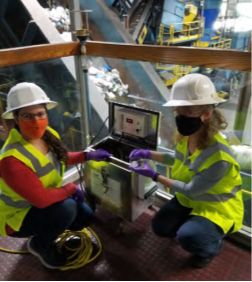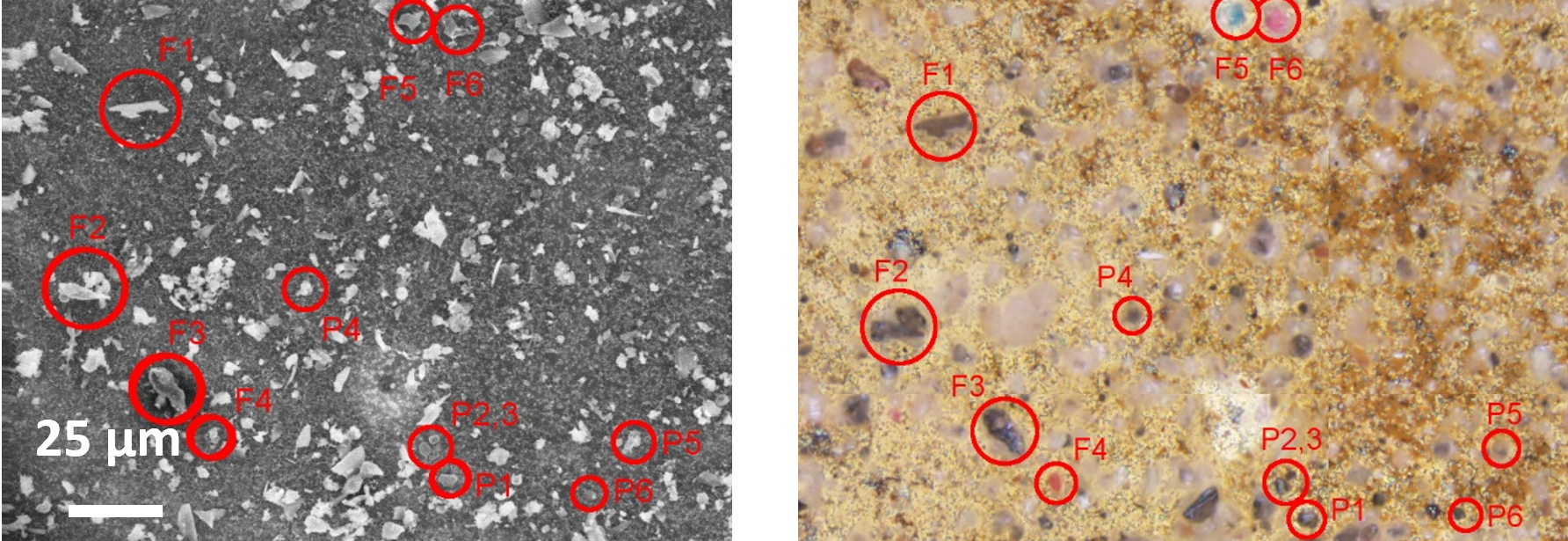Airborne microplastic sampling and characterization

The Microplastics and Nanoplastics Metrology project team in the Materials Measurement Science Division has a research interest in understanding, sampling, and quantifying airborne microplastics and nanoplastics. The challenge associated with direct air sampling in a real-world setting is related to the heterogeneous mixture of organic and inorganic particulates that exists, a range of particle sizes and a lack of validated methods for sampling and identifying airborne microplastic and nanoplastic particles.
To that end, Abigail Lindstrom, Joseph Conny, and Diana Ortiz-Montalvo are developing the tools to sample microplastics at a municipal recycling facility. Initial onsite work started in the summer of 2021 and employed novel sampling methodologies developed at NIST. The long-term goals of this project are to develop validated methods for sampling airborne microplastics and apply analytical tools to identify and separate the plastic particles from other materials using optical microscopy, scanning electron microscopy (SEM) and Raman Microscopy.

Contacts
Nanomaterials Research Group
-
(301) 975-2019
-
(301) 975-5172

